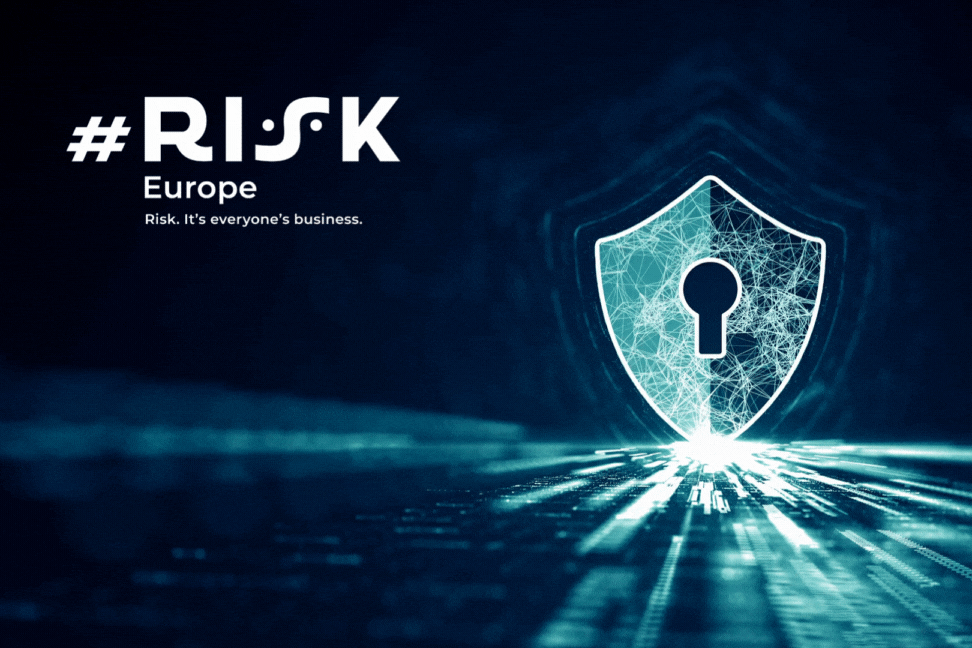A new study has concluded that cybersecurity emphasis on best practice, security and resilience is essential to the reliability of distributed energy resources deployments.

The report, published by Guidehouse Insights, explores how distributed energy resources (DER) deployments are expanding the attack surface for bad actors, and provides recommendations for industry stakeholders.
New global DER deployment capacities—including distributed generation (DG), distributed energy storage, plug-in EV chargers, demand response (DR), and energy efficiency—are expected to continue to exceed the deployment of new centralised generation capacity growth.
Unfortunately, without government regulation or widespread demand signalling from customers, cybersecurity is often an afterthought for rapidly scaling and distributed technologies.
According to the report utilities and owners of DER deployments must prioritize cybersecurity best practices and controls to ensure safety and resiliency for electricity generation and distribution.
Danielle Jablanski, senior research analyst with Guidehouse Insights, said:
“Cyberattacks are increasingly common across the energy industry and cybersecurity risks for DER are growing.
“Best practices and controls for DER are essential to ensure safety, reliability, and resiliency for electricity generation and distribution,” Jablanski added.
Planning and preparing for incidents is paramount. According to the report, utilities, owners and operators of DER deployments should not only prioritize DER cyber-risks and develop more robust orchestration systems, they must also promote industry-led initiatives for securing DER and pursue more robust public key infrastructure.
The report, Strategic Priorities Drive Cybersecurity for Distributed Energy Resources, covers DER deployments as an expanding attack surface, with cyberattacks becoming increasingly common across the energy industry.









No comments yet